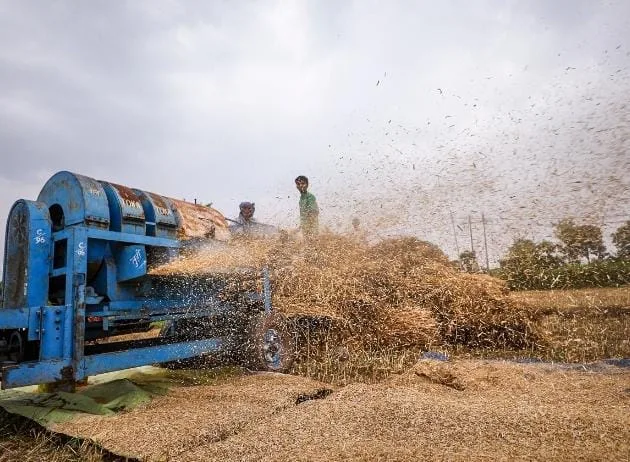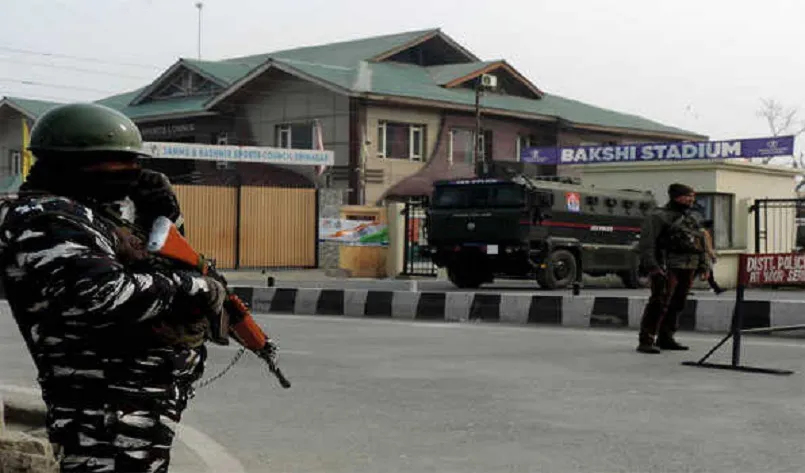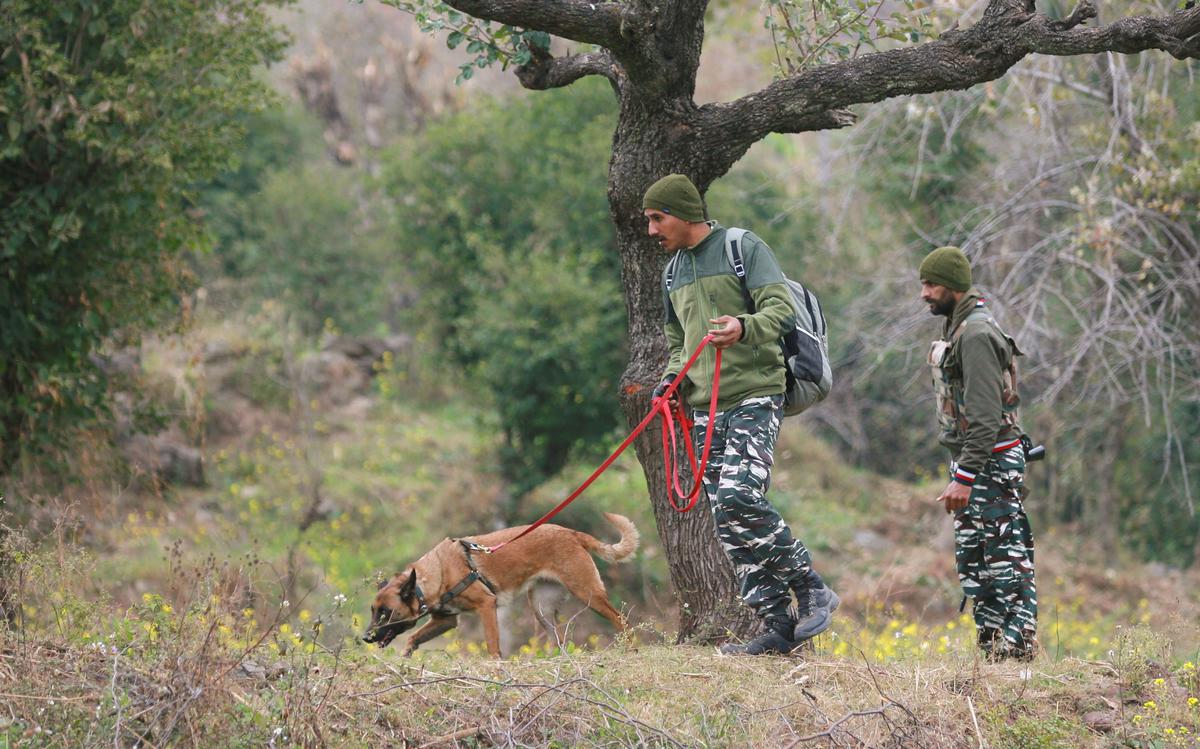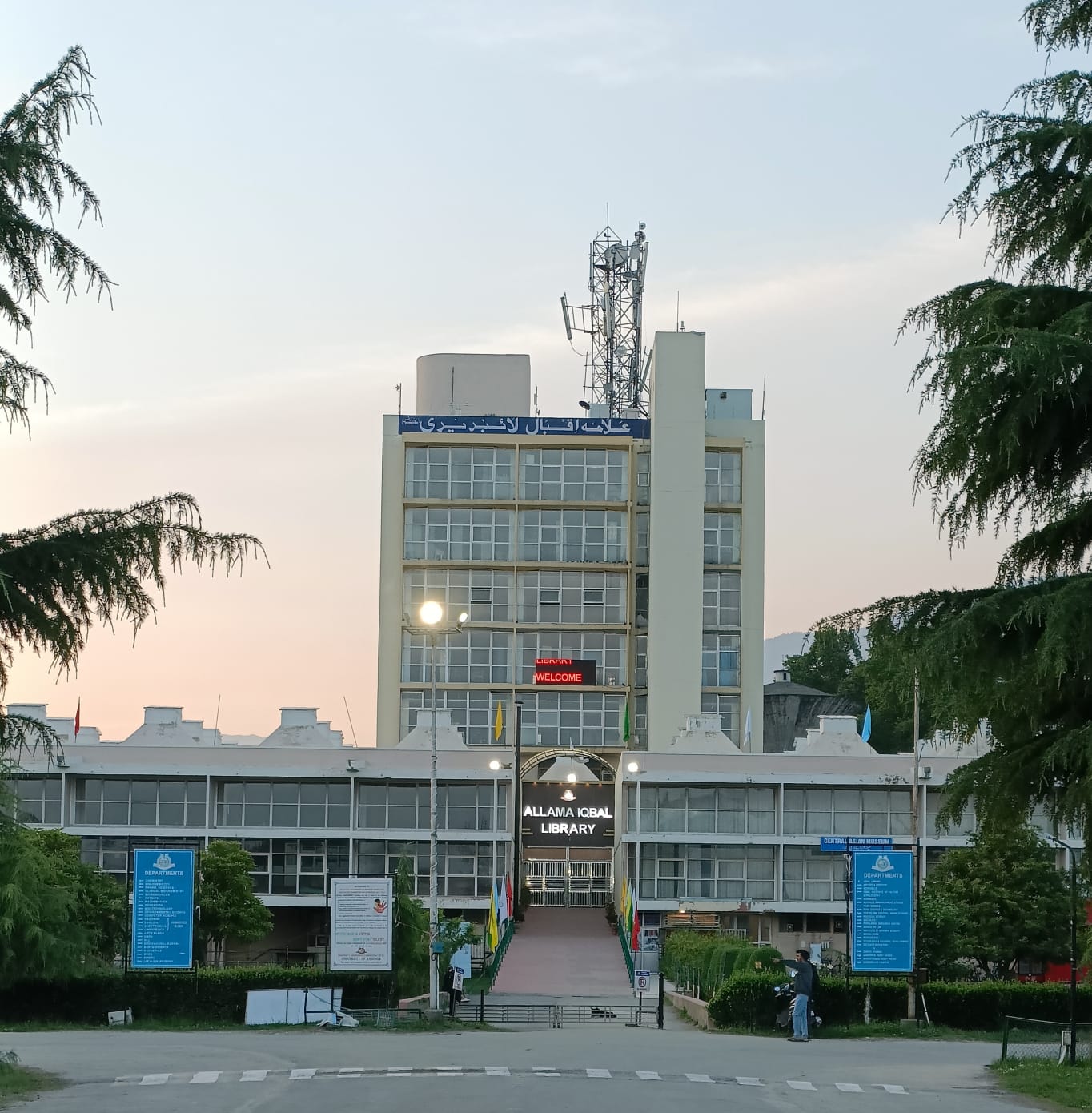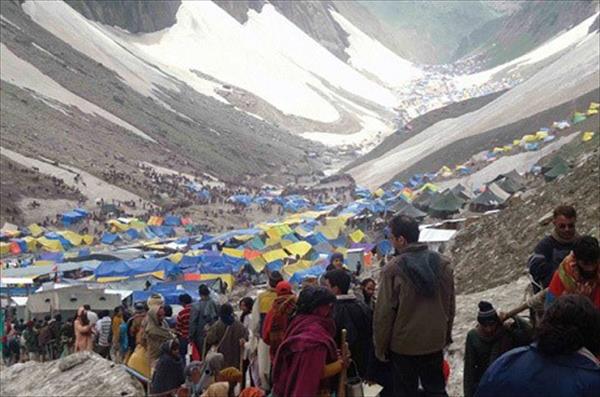Suchetgarh: Farmers living along the nearly 200-km-long International Border in Jammu and Kashmir are racing against time to complete the harvest process amid heightened tension following the Pahalgam terror attack.
In the three districts of Jammu, Samba, and Kathua, about 1.25 lakh hectares of agricultural land falls within the shelling range of Pakistan.
Villages like Treva, Mahashe-de-Kothe, Chandu Chak, Gharana, Bulla Chak, and Korotana Kalan are witnessing a flurry of activity, with families working day and night to finish harvesting, dry the grain, and pack it for delivery to mills.
While over 90 percent of the wheat and other crops have been harvested, the process of harvesting the rest, packaging them and sending them to mills remains.
“We are racing against time to complete harvesting,” Santosh Singh, a 50-year farmer from Treva village in the Arnia sector said, adding “there is very little time left.”
Treva, located just 1.5 km from the border, is directly under threat from Pakistan Rangers.
Since the April 22 Pahalgam attack that left 26 people dead, the farming community in Treva is anxious and authorities have responded with urgency.
“An alert has been sounded. The tehsildar has arranged 20 harvesters to speed up the harvesting process. Ninety-five percent of the harvesting has already been completed in these belts,” another farmer from Treva, Rakesh Kumar, told PTI here.
“We live in a danger zone. Every time shelling starts, we face death and destruction”, he said.
Radhika Devi, who belongs to a farmers’ family of village Suchetgarh, said her family had packed over 300 bags of wheat in just a few days.
“It is an emergency. Mill owners are paying well and are quickly ferrying the bags to safer areas.”
Tarika Devi of Korotana Kalan echoed the urgency. “We were alerted after the Pahalgam massacre. Now that most of the harvesting is over in our belt, we are rushing to stock the produce. Shelling could resume at any time.”
Amid the heightened tension, finding labour has become a challenge.
“Labourers from Bihar and Uttar Pradesh, who usually help us during harvesting, have refused to work in the fields under these hostile conditions,” Kuldeep Kumar, a farmer from Suchetgarh, said.
The agricultural stretch from Paharpur in Kathua district bordering Punjab to Chicken’s Neck in Jammu district remains vulnerable, with thousands of families living within five km of the border constantly under threat.
Chandu Chak village farmer Sardar Teg Singh said, “The fear is constant, but we have become used to it. This time, we are better prepared. Not only can we save our lives and livestock, but we are also managing to save our crops—something we couldn’t always do in the past.”
According to the Basmati Rice Growers Association (BRGA) of R S Pura, nearly 1 to 1.25 lakh hectares of land, mostly known for world-class Basmati rice, is routinely impacted by cross-border shelling.
Although India and Pakistan agreed to a renewed ceasefire in February 2021, the fragile peace has come under fresh strain after the Pahalgam terror strike.
The fear gripping border residents today is reminiscent of the 2021 period, when intense shelling forced mass evacuations and destruction of property and cattle from areas along the IB.
“We feel it would be worse than the 2021 shelling and firing. It is likely to be a war, which we witnessed in 1971. We are better prepared this time. We will fully support our troops bravely from our villages”, 80-year-old Faqir Chand of Mahashe-de-Kothe village said.
For the farmers of Jammu’s border belt, the harvest season, usually marked by celebration and relief, is now one of anxiety, urgency, and survival.
India, Pak troops trade along LoC in 8 sectors
Pakistani troops “continued to violate the ceasefire” along the Line of Control (LoC) in Jammu and Kashmir, resorting to “unprovoked firing” across multiple sectors and prompting a strong and calibrated response from the Indian Army.
This marks the 12th consecutive night of such provocations amid escalating tensions between India and Pakistan following the April 22 terror attack in Pahalgam that left 26 dead.
“During the night of May 5-6, Pakistan Army initiated unprovoked small-arms fire across the LoC in areas opposite Kupwara, Baramulla, Poonch, Rajouri, Mendhar, Naushera, Sunderbani, and Akhnoor,” said a Defence spokesperson in Jammu.
“The Indian Army responded promptly and proportionately,” he added.
The firing exchanges are taking places in five districts out of seven border districts of Jammu and Kashmir. So far, there have been no firing reports along the International Border in Samba and Kathua districts.
The latest round of cross-border firing further undermines the ceasefire agreement reached in February 2021, which is now largely seen as ineffective due to Pakistan’s frequent violations across the 740-km-long LoC.
The latest hostilities began in the northern districts of Kupwara and Baramulla in the Kashmir Valley, before spreading southwards to Rajouri, Poonch, Akhnoor, and the Pargwal sector along the International Border in Jammu district. The firing affected five border districts — Baramulla, Kupwara, Poonch, Rajouri, and Jammu.
Since the night of April 24, hours after India suspended the Indus Waters Treaty in response to the Pahalgam terror attack—Pakistani troops have repeatedly targeted Indian positions along the LoC, beginning in the Kashmir Valley and quickly expanding to the Jammu region.
In a series of retaliatory measures, Pakistan blocked its airspace for Indian carriers, shut down the Wagah border crossing, suspended bilateral trade, and warned that any diversion of water under the Indus Waters Treaty would be considered an “Act of War.”
The February 2021 agreement was a reaffirmation of the original 2003 ceasefire understanding. However, the ground situation has deteriorated significantly, with ceasefire norms routinely flouted by Pakistani forces.
India and Pakistan share a 3,323-kilometre-long border, divided into three segments including the International Border (IB), stretching about 2,400 km from Gujarat to Akhnoor in Jammu, the 740-km-long Line of Control (LoC) from Jammu to Ladakh, and the 110-km-long Actual Ground Position Line (AGPL) that divides the Siachen Glacier region from NJ9842 to Indira Col.

